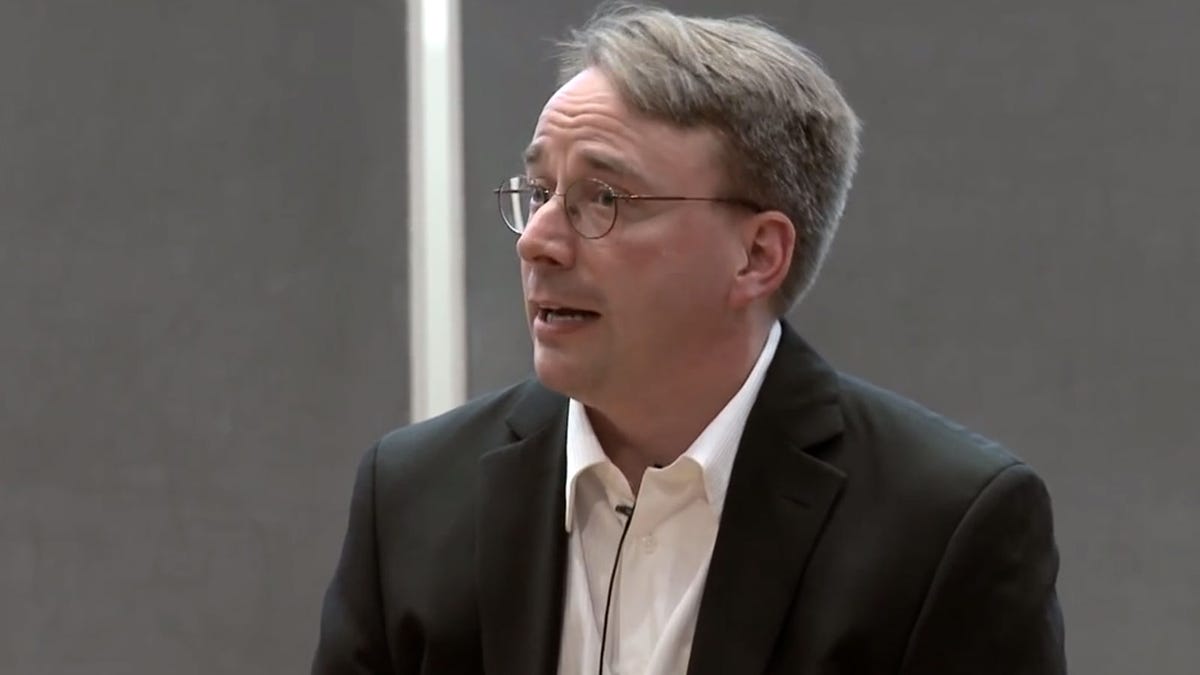Torvalds gives Nvidia software thumbs up, not middle finger
In a surprise reversal, the graphics chip designer has released experimental software to help open-source programmers use its new Tegra K1 mobile processor.

In a surprise move, Nvidia has contributed software that will help Linux take advantage of the graphics horsepower of the company's new Tegra K1 mobile chip -- and Linux project leader Linus Torvalds is happy about the reversal of fortunes.
"This time I'm raising a thumb for Nvidia. Good times," Torvalds said Sunday night on Google+, a strong contrast to a June 2012 speech in which Torvalds instead offered Nvidia a middle finger for its non-cooperation. Nvidia has preferred to offer proprietary binary drivers to let operating systems use its graphics chips, not open-source software that others can adapt, modify, and debug.
Nvidia's Alexandre Courbot announced the open-source code contribution to the Nouveau project that's tried for years, with hits and misses to reverse-engineer Nvidia's driver.
"My email address might surprise some of you, so let me anticipate some questions you might have. Yes, this work is endorsed by Nvidia. Several others ... have provided significant technical guidance and will continue their involvement," he said. "Let me also stress that although very exciting, this effort is still experimental, so I would like to make sure that nobody makes excessive expectations based on these few patches."
An open-source driver can make it easier for open-source programmers to support new and existing hardware. Proprietary drivers, in contrast, are more difficult to integrate, keep up to date, and debug. And the issue has become important for mainstream users: Although Linux never made much headway on personal computers, it's the foundation of Android which is used by millions of people.
Torvalds, who hasn't been shy about offering scathing opinions over his years of Linux leadership, castigated Nvidia in his 2012 speech for its stance.
"Nvidia has been one of the worst trouble spots we've had with manufacturers," Torvalds said. "That is really sad, because Nvidia tries to sell chips -- a lot of chips -- into the Android market, and Nvidia has been the single worst company we've ever dealt with. So Nvidia, f*** you!"
Nvidia's open-source software is only for the graphics processing unit (GPU) on the company's mobile Tegra processor, Courbot said. However, he added, "given the similarities desktop GPU support will certainly benefit from it indirectly."
Nvidia began a detente with open-source programmers in recent months, but thus far had only released some documentation. The new contributions to Nouveau are a much more significant step toward making the open-source driver approach the performance of Nvidia's proprietary software.

